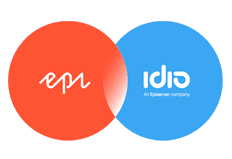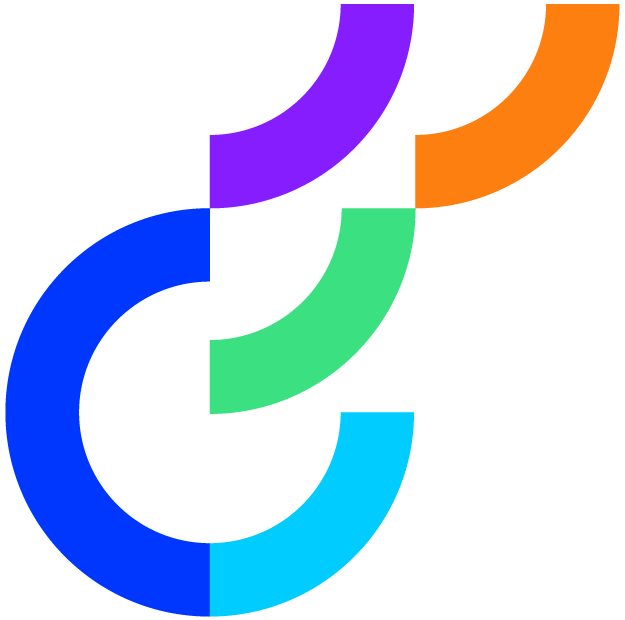Blogs posted in 2019
Implementing Idio analytics and content recommendations on an Episerver site
 Episerver has recently acquired Idio which is a service that automatically delivers relevant 1:1 experiences across digital channels. Read the press release here: https://www.episerver.com/about/news/press-room/pressreleases/episerver-signs-definitive-agreement-to-acquire-11-personalization-company-idio/
Episerver has recently acquired Idio which is a service that automatically delivers relevant 1:1 experiences across digital channels. Read the press release here: https://www.episerver.com/about/news/press-room/pressreleases/episerver-signs-definitive-agreement-to-acquire-11-personalization-company-idio/
I wanted to try Idio out for myself and integrate it into an Episerver solution. So I managed to get an instance from the team at Idio and decided to add Idio recommendations to this blog (which runs Episerver). This post documents the process I went through and tries to share some knowledge about "how it works" and "how to implement Idio on Episerver" to help other people who are implementing Idio on Episerver sites.
There were three stage I went through when implementing Idio on Episerver:
Migrating Episerver Categories to Geta Categories (EpiCategories)
 Geta has created an alternative to the built in Episerver category system called EpiCategories. Its a well maintained and mature add on that adds some great capabilities over and above the built in category system in Episerver. It can wholly replace the built in category system and adds nice features like the ability to create/edit categories in edit mode, access rights, category routing and the ability to translate categories (amoungst others).
Geta has created an alternative to the built in Episerver category system called EpiCategories. Its a well maintained and mature add on that adds some great capabilities over and above the built in category system in Episerver. It can wholly replace the built in category system and adds nice features like the ability to create/edit categories in edit mode, access rights, category routing and the ability to translate categories (amoungst others).
I wanted to migrate a site to start using Geta Categories but noticed the default package doesn't have any migration tools. So this post shares two scheduled jobs I wrote to do two things:
Updating custom Episerver modules to work with the new Episerver platform UI
![]() The latest version of the Episerver UI comes with a new look which changes up how things work and is intended to create a consistent look/feel across all parts of the Episerver platform. The UI update as described in the CMS UI refresh post and is designed to be an opt in so for any existing modules the UI should remain the same.
The latest version of the Episerver UI comes with a new look which changes up how things work and is intended to create a consistent look/feel across all parts of the Episerver platform. The UI update as described in the CMS UI refresh post and is designed to be an opt in so for any existing modules the UI should remain the same.
The blog describes how I updated Virtual Template System for Episerver to be compatible with the new Episerver Platform UI.
[redirect] Adding Optimizely Data Platform to an Optimizely Commerce Cloud
 This post describes how to add Optimizely Data Platform (ODP) to Optimizely Commerce Cloud. While written with Optimizely Commerce Cloud in mind, it can be used as a basis for tracking on any commerce solution, not specifically an Optimizely Commerce Cloud solution. The Optimizely Data Platform allows clients to collect and aggregate customer data in real time, segment and analyse it and take action on it using automated AI insights. The Optimizely Data Platform (ODP) was previously known as Zaius. Learn more about the Optimizely Data Platform here.
This post describes how to add Optimizely Data Platform (ODP) to Optimizely Commerce Cloud. While written with Optimizely Commerce Cloud in mind, it can be used as a basis for tracking on any commerce solution, not specifically an Optimizely Commerce Cloud solution. The Optimizely Data Platform allows clients to collect and aggregate customer data in real time, segment and analyse it and take action on it using automated AI insights. The Optimizely Data Platform (ODP) was previously known as Zaius. Learn more about the Optimizely Data Platform here.
The following steps are required to add Optimizely Data Platform (ODP) to a site:
Episerver Profile Store .NET client
 Episerver Profile Store is used for storing website visitor profile and behavior data collected by the tracking functionality in Episerver. It has a RESTful API that can be accessed using tools such as RestSharp for functions such as querying profiles.
Episerver Profile Store is used for storing website visitor profile and behavior data collected by the tracking functionality in Episerver. It has a RESTful API that can be accessed using tools such as RestSharp for functions such as querying profiles.
When building some proof of concepts I have recently found myself copy/pasting some code used to query and update profiles in the Episerver Profile Store that used RestSharp. So I decided to create a simple client library for the Episerver profile store, specifically for working with profiles that can be extend out in time depending on needs.
Virtual Template System - UI enhancements
![]()
A new version of Virtual Template System is now available with some UI enhancements. Virtual Template System allows users to view and edit templates in the Episerver UI.
The updates can be seen in the video below:
Specifically the enhancements are as follows:
Create even more powerful campaigns in Episerver Campaign using Episerver Insight tracking
 As part of the Episerver platform, Episerver Insight and Episerver Campaign are integrated to share data. This data includes things such as email tracking of sends, opens and clicks from Episerver Campaign into Episerver Insight and also segments created in Episerver Insight for use in outbound campaigns in Episerver Campaign. Some examples are shown below:
As part of the Episerver platform, Episerver Insight and Episerver Campaign are integrated to share data. This data includes things such as email tracking of sends, opens and clicks from Episerver Campaign into Episerver Insight and also segments created in Episerver Insight for use in outbound campaigns in Episerver Campaign. Some examples are shown below: